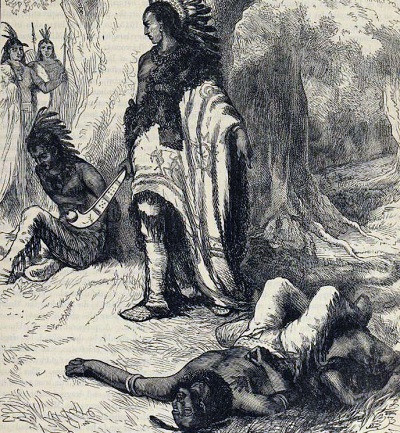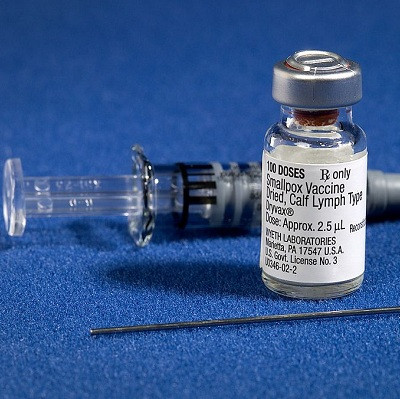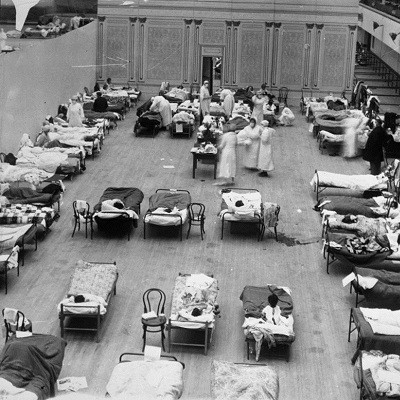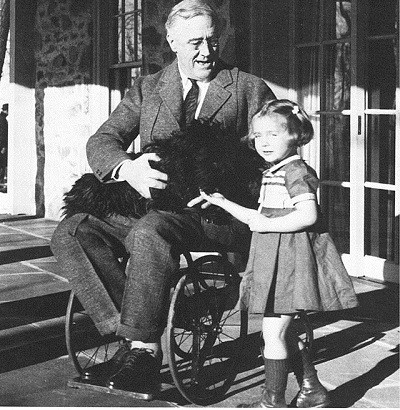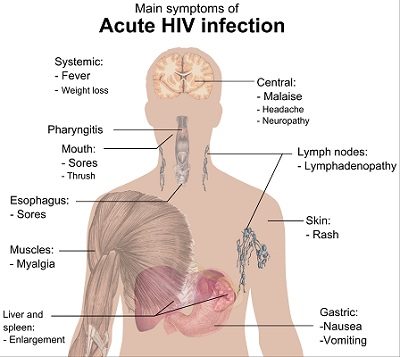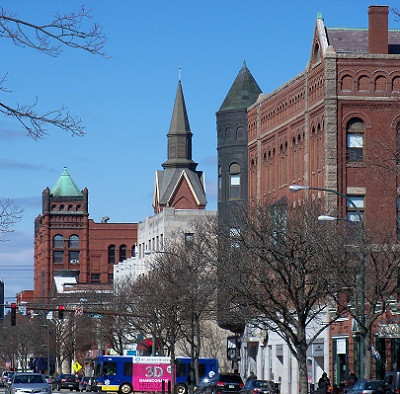Ebola Outbreak: How Prepared is Rhode Island?
Friday, August 01, 2014
Could Rhode Island handle an Ebola outbreak if one were to occur in the Ocean State's borders?
As of Thursday, over 700 recent Ebola-related deaths in West Africa had been confirmed, making it the deadliest outbreak in the history of the disease. The U.S. Peace Corps is now evacuating hundreds of its volunteers in the affected countries, and two Peace Corps workers are under isolationafter having contact with someone who died from the Ebola virus. Now, at least one American is returning to the U.S. for treatment, according to the Chicago Tribune.
SLIDES: See Biggest Epidemics in New England History BELOW
So what would happen if Ebola were to find its way to Rhode Island?
GET THE LATEST BREAKING NEWS HERE -- SIGN UP FOR GOLOCAL FREE DAILY EBLASTBoth the Rhode Island Emergency Management Agency -- along with Governor Lincoln Chafee's office -- deferred questions to the Rhode Island Department of Health (HEALTH).
"This was the first advisory sent out to all providers on July 15 via HEALTH Connections," said Christina Batistini with HEALTH on Thursday. "This was the CDC HAN (Health Alert Network) message from Monday, July 28 that was copied to all RI providers via Mailchimp email."
The HEALTH advisory lists the background of the outbreak, recommendations for healthcare workers, a list of symptoms -- and the directive to immediately report suspect travel-associated cases by phone to the Division of Infectious Disease and Epidemiology.
HEALTH specifically cautioned of Rhode Islanders who have recently traveled to and from Liberia.
"Approximately 15,000 Rhode Island residents are of Liberian descent, and travel back and forth from their country of origin. Importation of Ebola cases to Rhode Island is considered unlikely. However, out of an abundance of caution, it is important to recognize this high-risk sub-population in Rhode Island and take steps to educate travelers of risk and prevention, as well as keep a high index of suspicion when returning travelers from an endemic area present to healthcare settings with infectious disease symptoms."
The two communications to the health care community and general public mark Rhode Island's two statements of record to date in terms of how the state would deal with an outbreak - instead referring primarily to the lead of the CDC who is closely involved with the current situation in West Africa -- and looking to contain it.
CDC on the Record
On Thursday, CDC Director Dr. Tom Friedan said on a press conference call that while the situation was worsening in West Africa, that CDC was taking steps to "make sure Americans are safe here."
"Ebola is frightening. It is a dreadful and merciless virus, and this is the biggest, most complex [outbreak] and first time it's been present in this region," said Friedan, of the outbreak in West Africa. "The key means of stopping Ebola is fundamentally doing 3 things-- finding the patients, so we can rapidly ID and isolate patients, find out their contacts, and keep it from spreading. "
CDC provides a comprehensive overview of Ebola on its website, including a signs and symptoms chart for the hemorrhagic fever, as well as fact sheet and information for living and working abroad. The CDC writes that "symptoms may appear anywhere from 2 to 21 days after exposure to ebolavirus though 8-10 days is most common."
"We also are strengthening each of the countries commitment to limiting travel for people who may have been exposed, airport screening to ensure people who shouldn't be traveling aren't traveling," said Friedan, who noted the CDC was issuing a travel advisory recommending against non-essential travel to Guinea, Liberia and Sierra Leonne.
Friedan continued, "We recognize there are concerns in the US but Ebola has little risk to the general population. It's important to recognize how it spreads, if there's little that's reassuring. First, it does not spread between people who aren't sick with it -- so if someone's been exposed, but not sick with severe symptoms....it's body fluids that must be shared that's the infection risk," adding that certain burial rites in Africa are a way of spreading it.
In the U.S., Friedan was confident the response to any exposure here would be sufficient. "We would have health departments do fever checks for 21 days for someone who might have been exposed," said Friedan. "There's not a potential for Ebola to spread in the U.S., it's just not in the cards."
States Responses Measured
Overall, how well does Rhode Island rate for emergency preparedness?
Last December, the Robert Woods Johnson Foundation along with the Trust for America's Health put out at report entitled "Outbreaks: Protecting Americans from Infectious Diseases," which evaluated states based on 10 indicators.
Rhode Island scored a 7 out of 10, which placed among the top eight states in the country for general preparedness.
The score included getting a notch for public health lab reports having the capacity in place to assure the timely transportation (pick up or delivery) of samples 24/7/365 days to the appropriate LRN laboratory.
In addition, RI met the criteria for having public health lab reports having a plan and capacity to handle a significant surge in testing over a six to eight week period in response to an outbreak that increases testing over 300%.
Related Slideshow: The History of Disease Outbreaks in New England
Related Articles
- NEW: Chicken Pox Outbreaks in 4 RI Communities
- NEW: Outbreak of Whooping Cough Hits Barrington, Spurs Investigation
- UPDATE: Salmonella Outbreak Linked To Egg Storage
- WARNING ISSUED: HEALTH Investigating Salmonella Outbreak - 13 hospitalizd in RI
- Zombie Outbreak is Target of URI Mock Pharmacy Clinic
- NEW: First Meningitis Case in Rhode Island From National Outbreak
- Are RI Hospitals Ready for an Ebola Outbreak?
- The History of Disease Outbreaks in New England
- NEW: Brown University Investigates Potential Norovirus Outbreak





